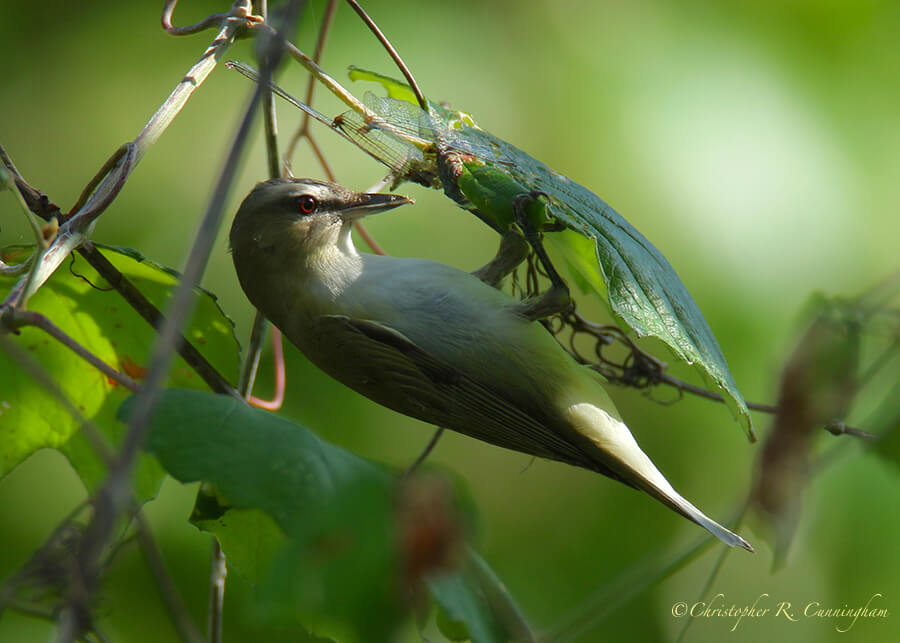
Being the height of spring migration, we’re spending as much time as possible in the field. Weather conditions have determined that it will not be a great year for sighting Neotropical migrant songbirds along the Texas Gulf Coast (except for the fallout of 4/23!), but we have been seeing a few things of interest—notably Blackpoll Warblers, a Black-whiskered Vireo (Elisa only), and a Prairie Warbler at Lafitte’s Cove.
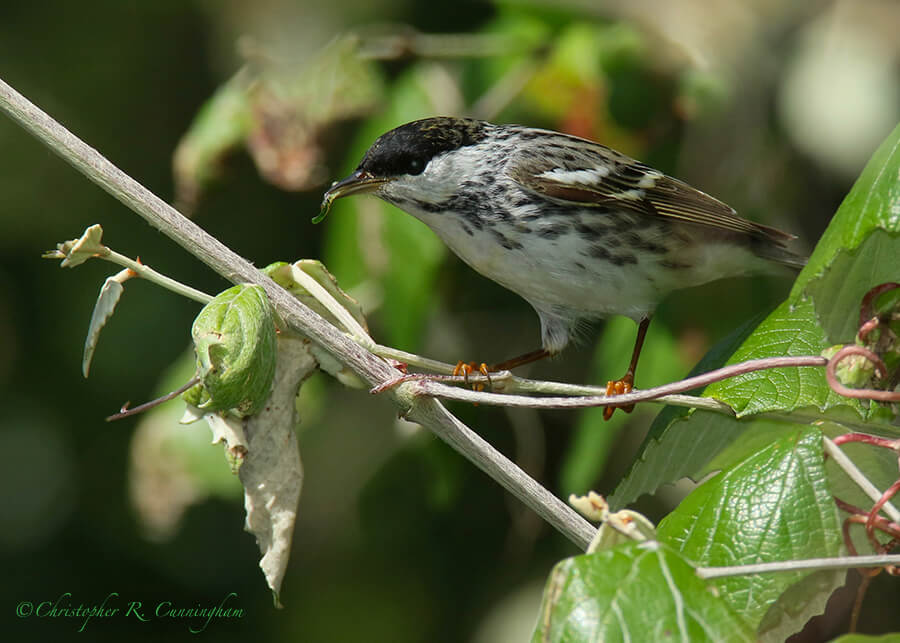
We’ve also been seeing a variety of interesting predator-prey interactions we’ve not seen before. Catching songbirds in the act of grabbing prey in the dense thickets of a place like Lafitte’s Cove is the supreme challenge of bird photography. The split-second timing of the action, coupled with contrasty lighting conditions and a myriad of obstructions really test your resolve.
Slightly less formidable, though still not easy, is documenting waders and divers grabbing and eating prey. I truly love watching these birds going about making a living.
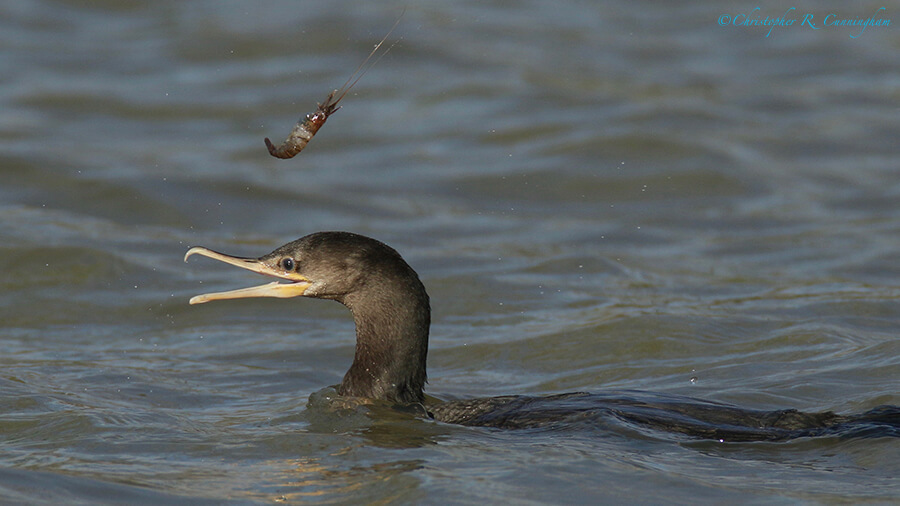
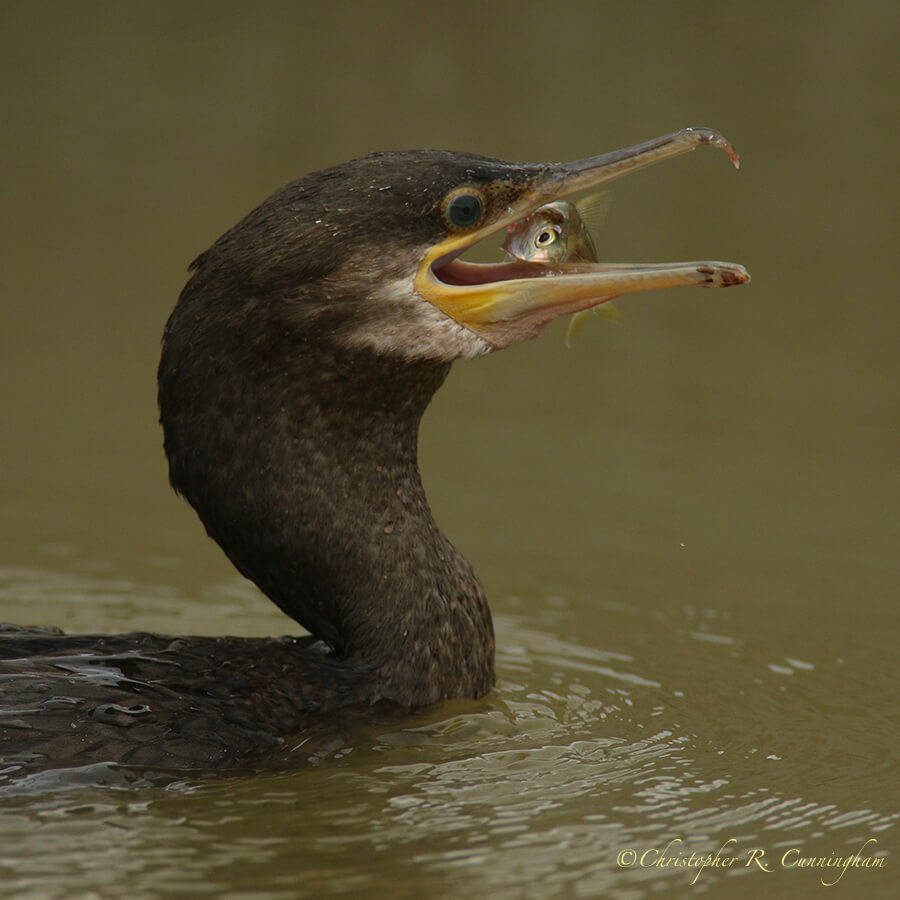
Finally, we witnessed some survival of the fittest action in stark, brutal terms at the Smith Oaks Rookery, High Island.
Great Egret nestlings put on a show of pure Id as they attempted to jostle, push, or toss each other from their nests. One nasty little bird had its sibling by the scruff of the neck and attempted to toss it from the nest for a solid fifteen minutes. When it accepted that its nemesis was just as strong and heavy as it was, the aggressor cuddled up for warmth. Charming.
In less than two hours, I witnessed three displaced Great Egret nestlings being eaten by alligators. The Cain and Abel stuff probably tapers off for the night as the warming rays of the sun disappear.
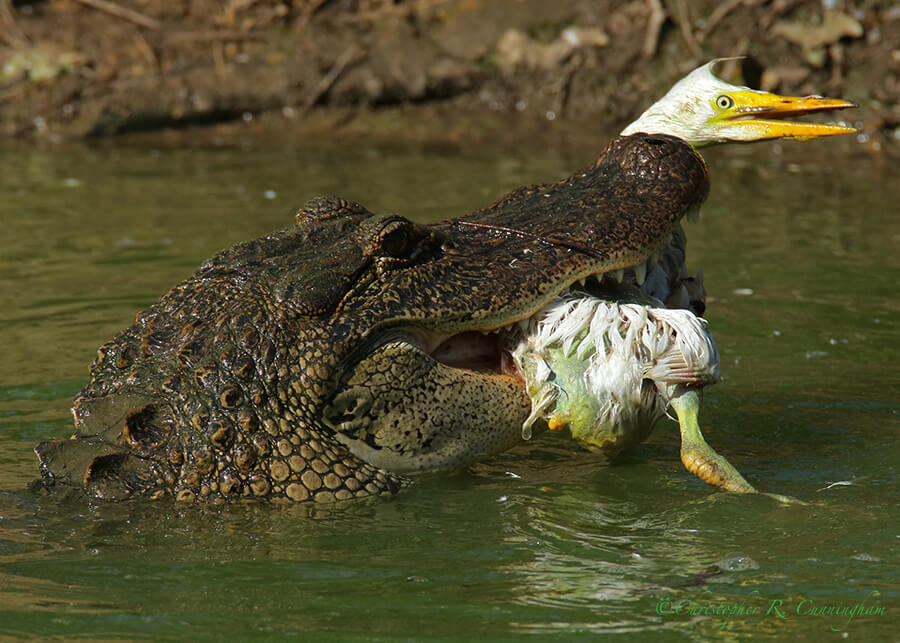
Sometimes siblings can get in each other’s space. –Gisele Bundchen
©2017 Christopher R. Cunningham. All rights reserved. No text or image may be duplicated or distributed without permission.